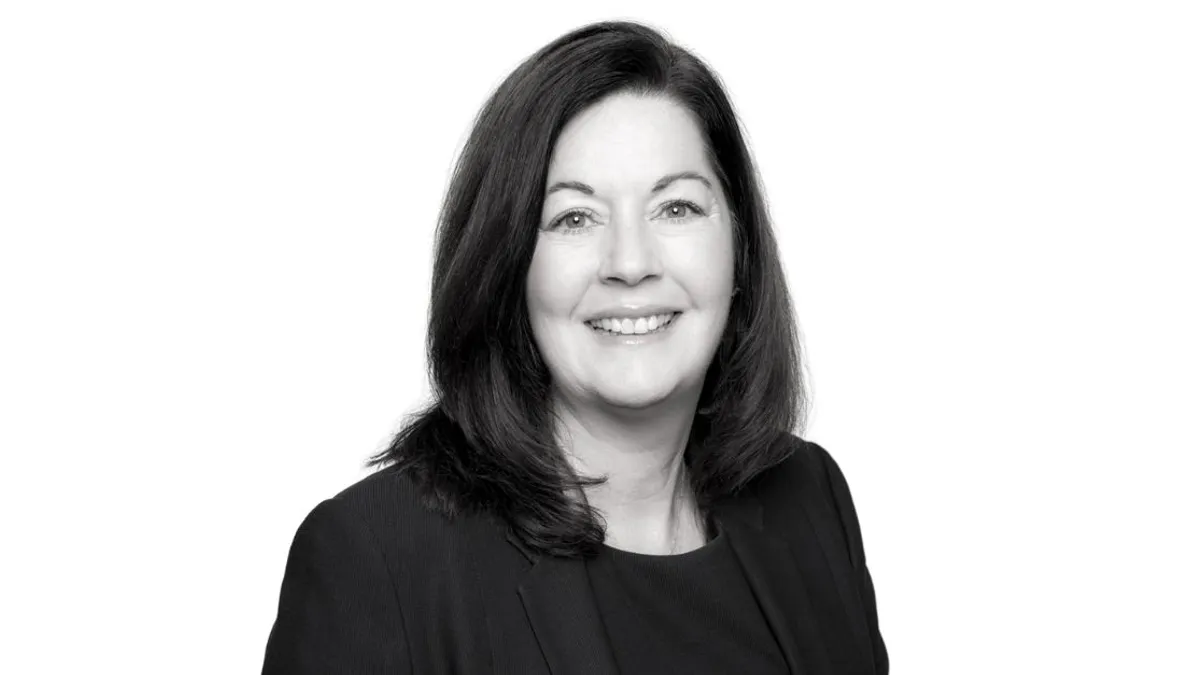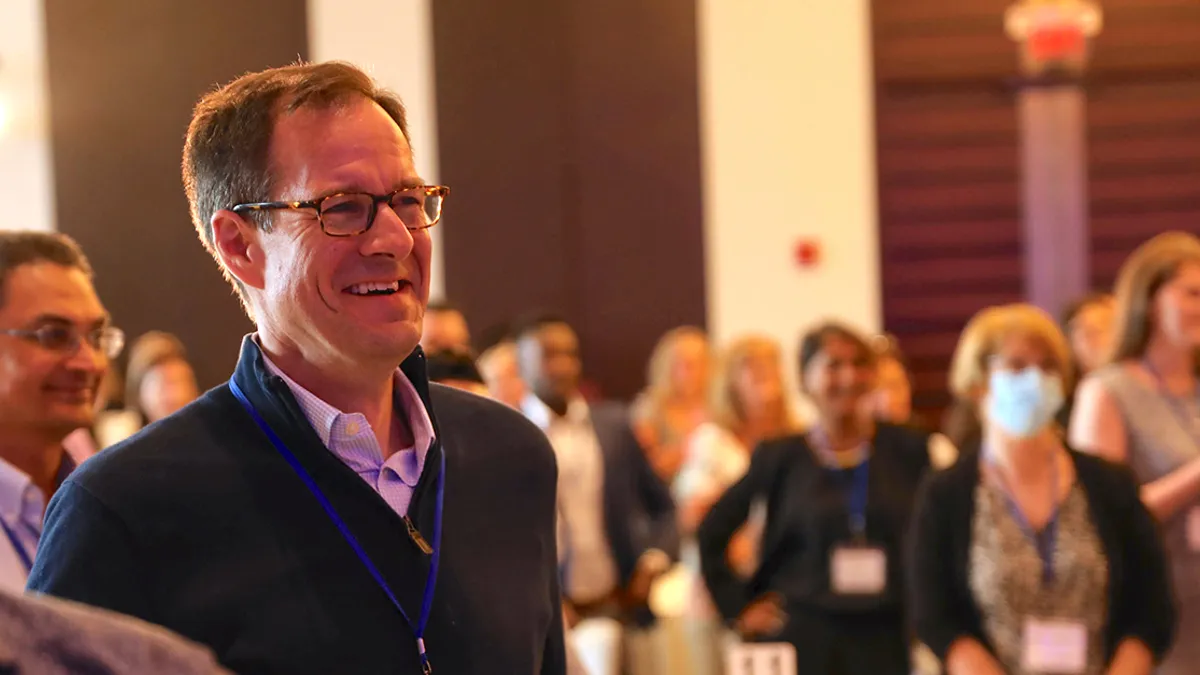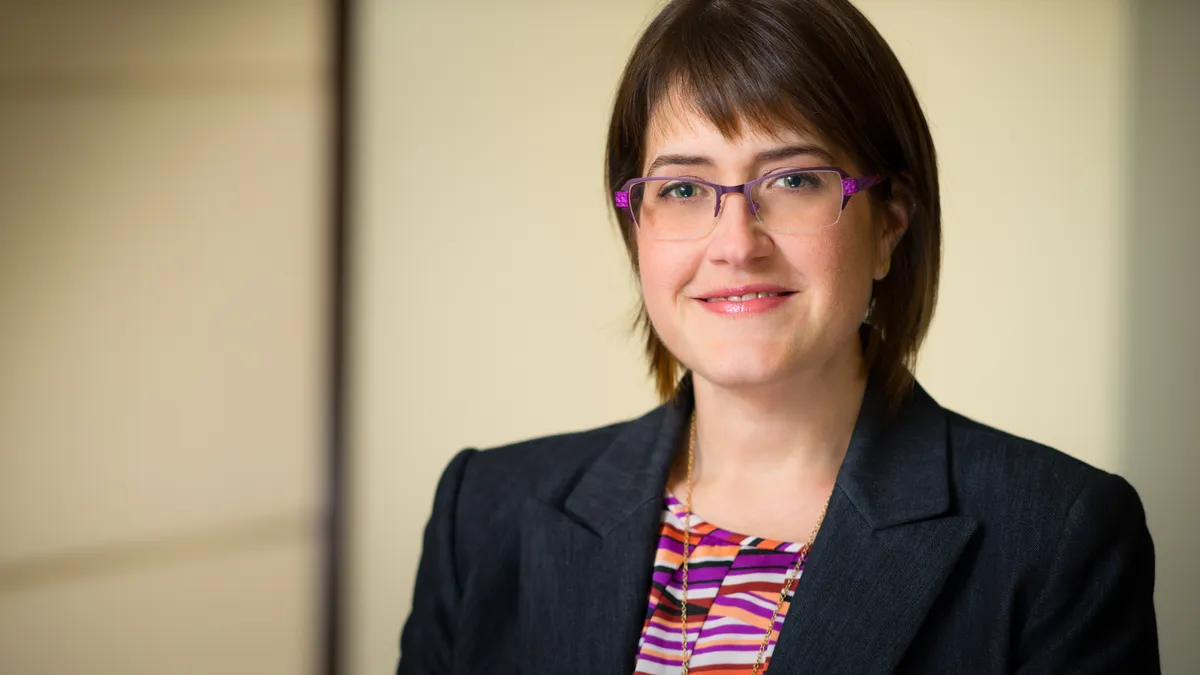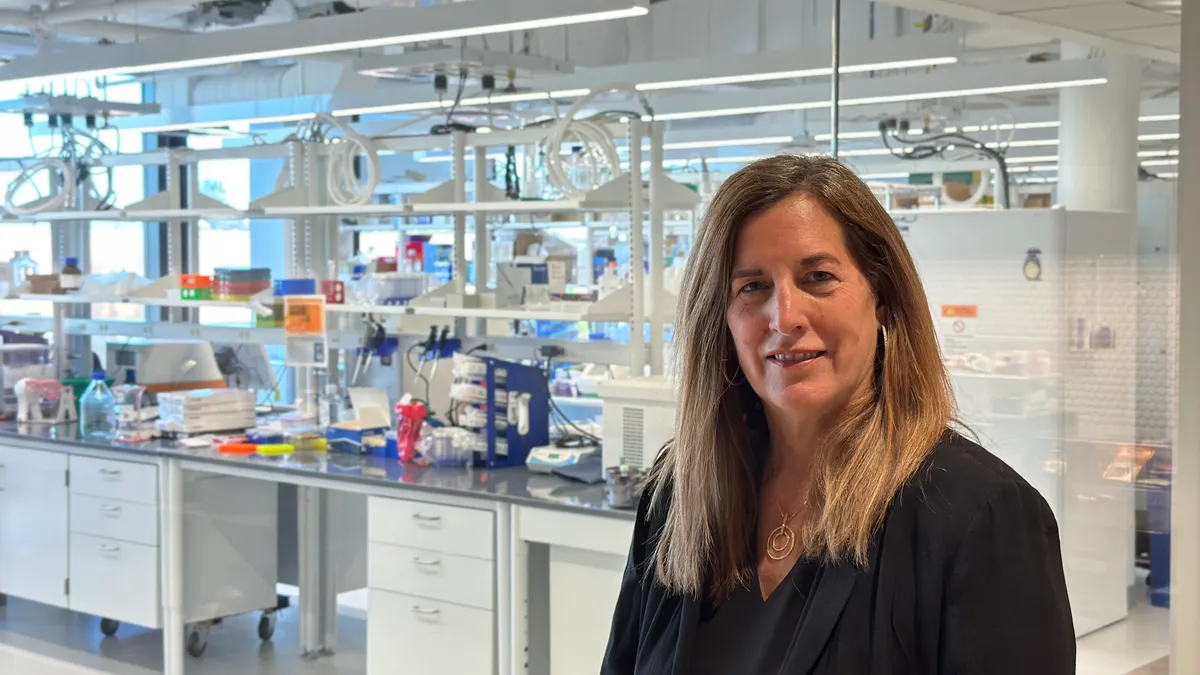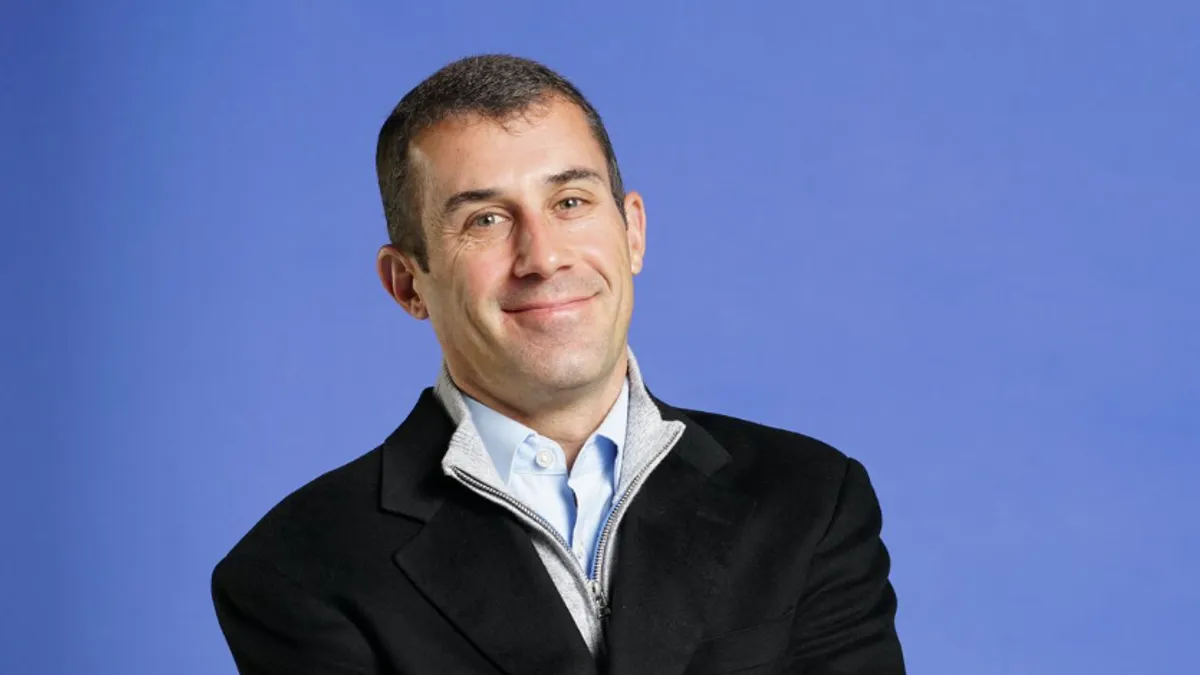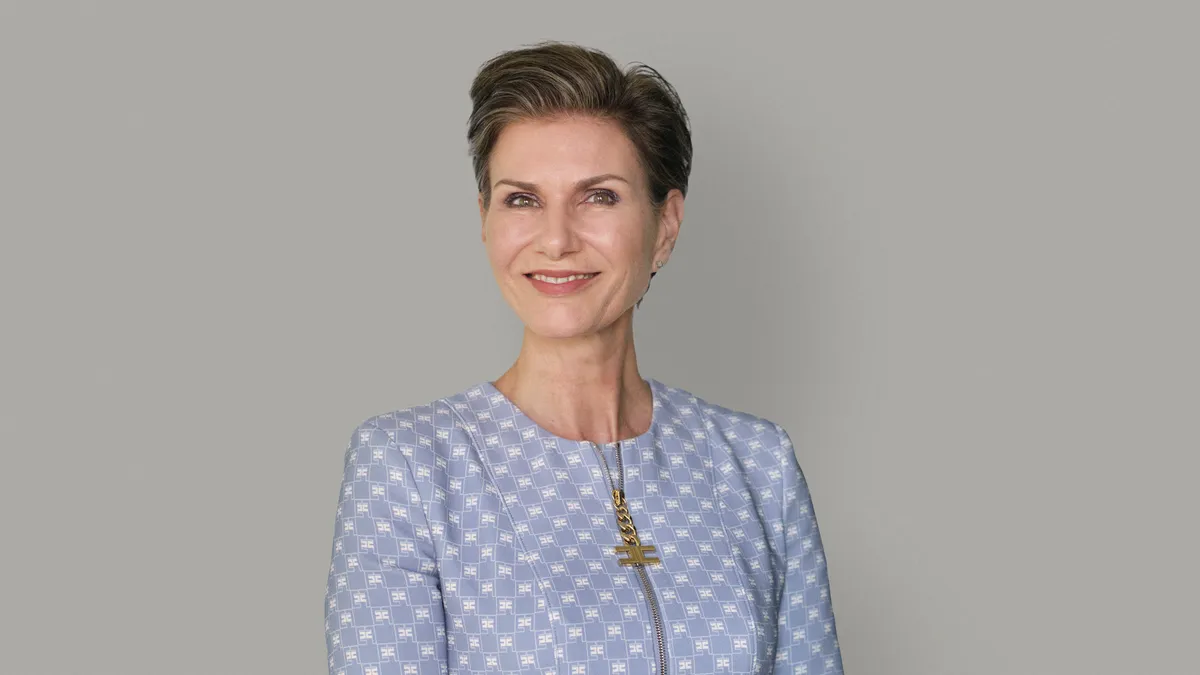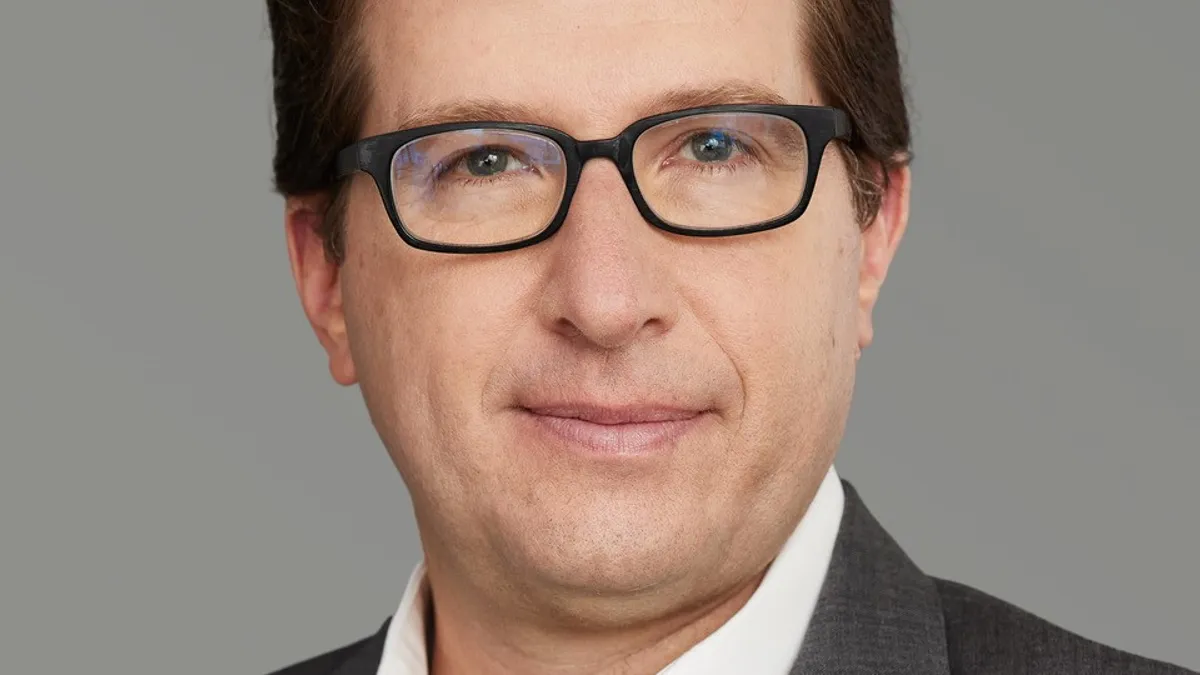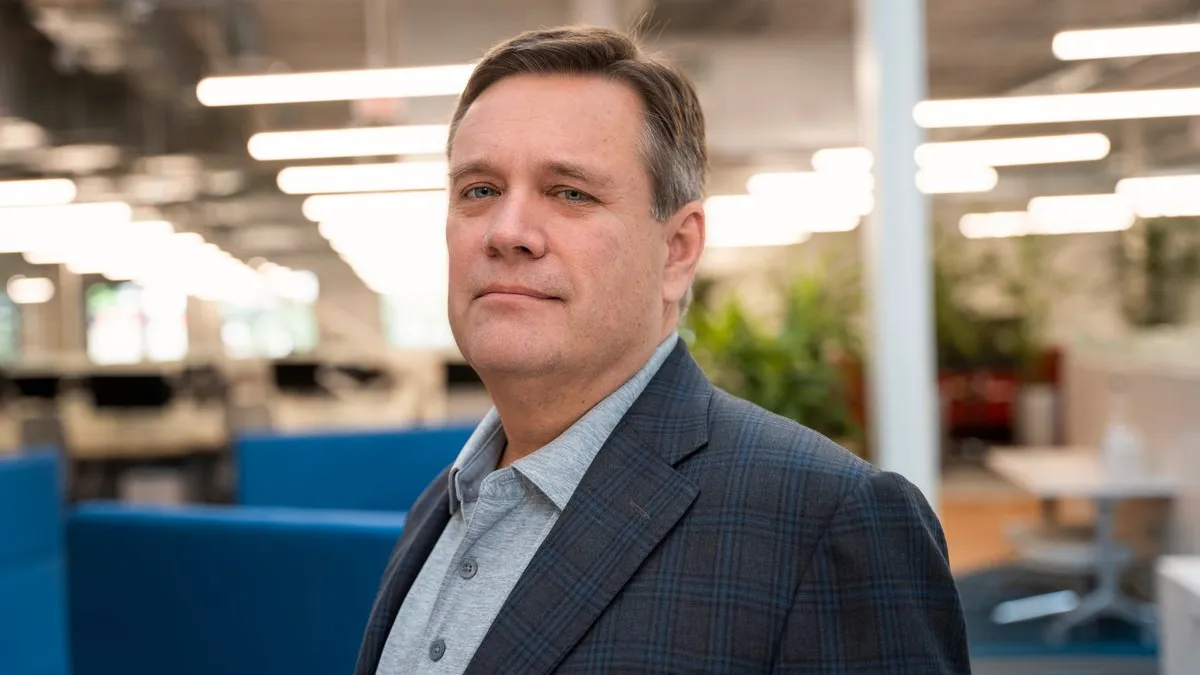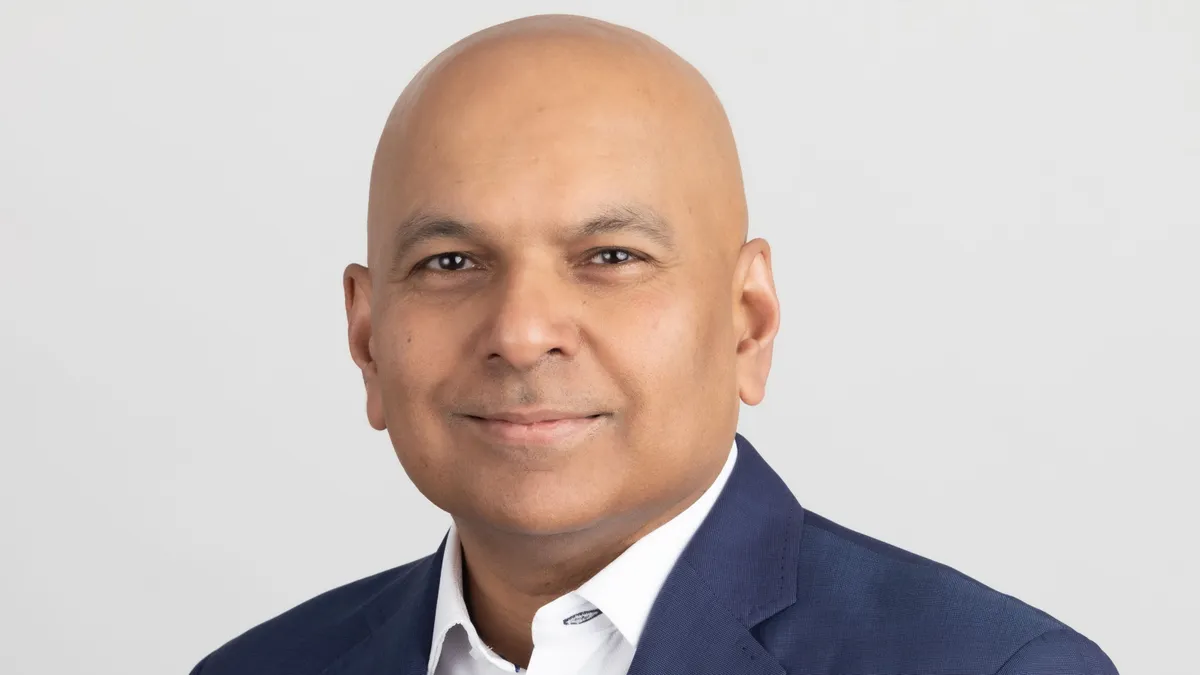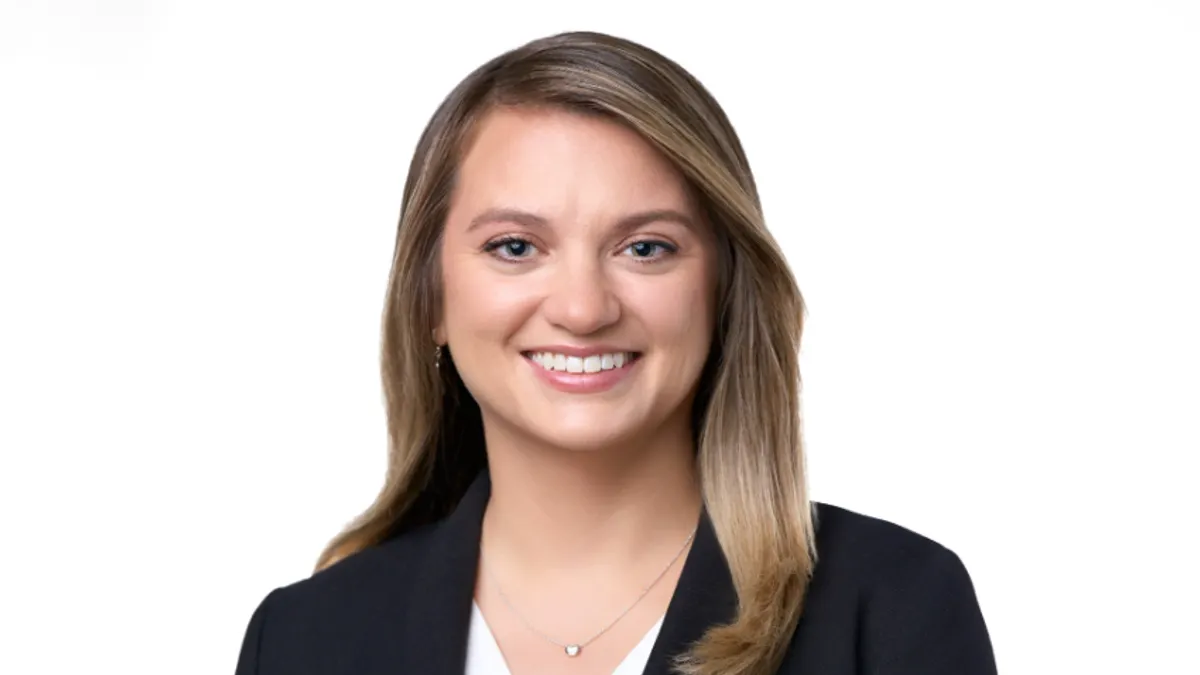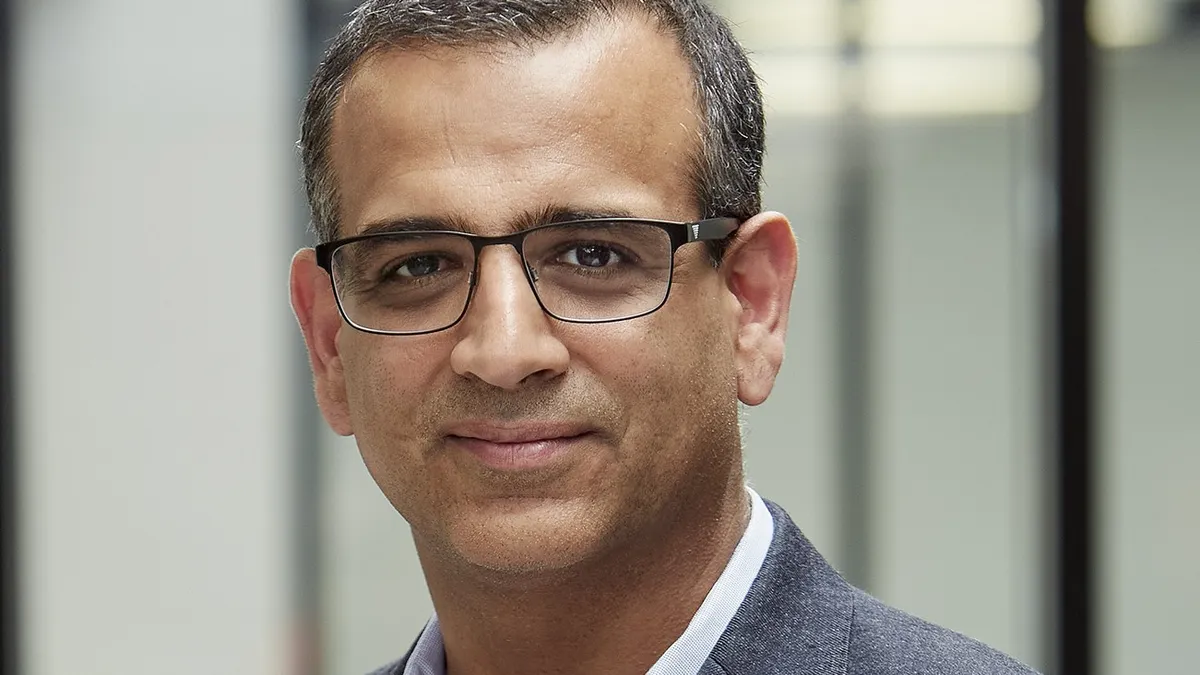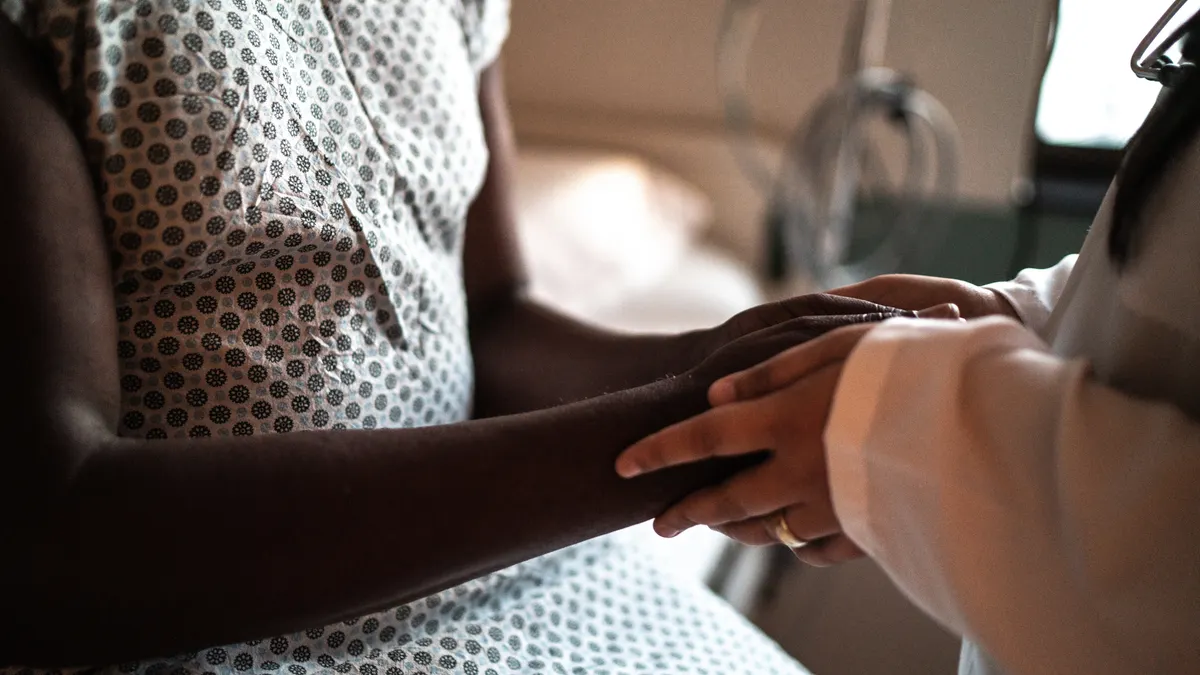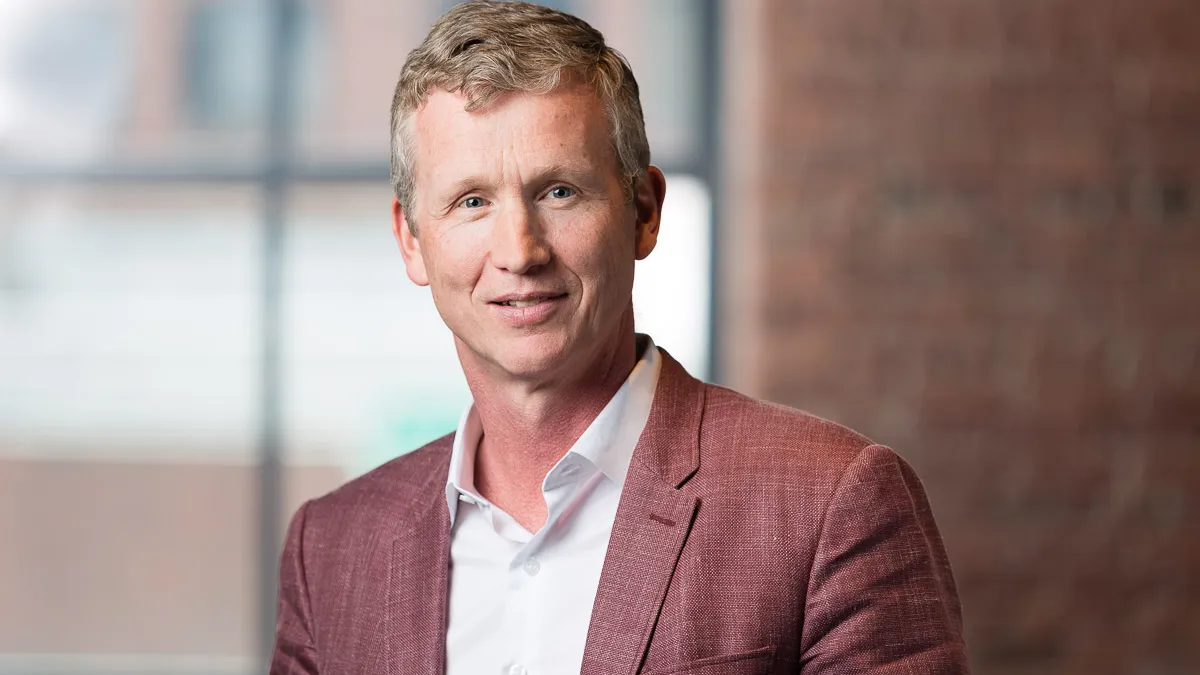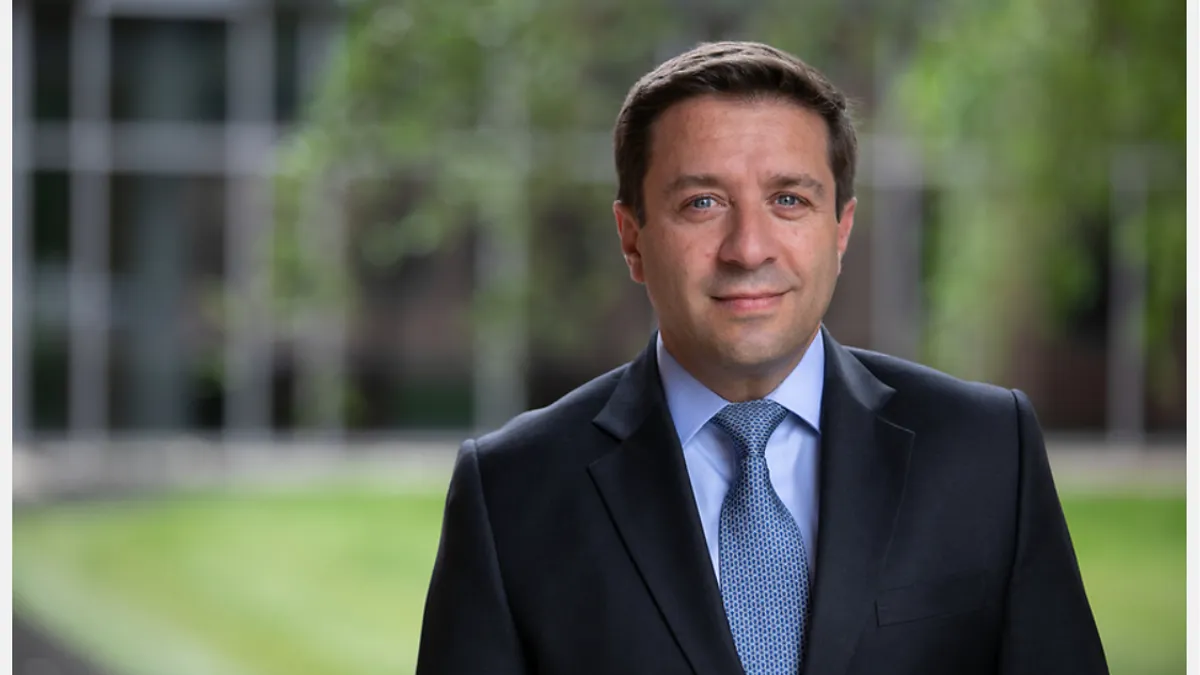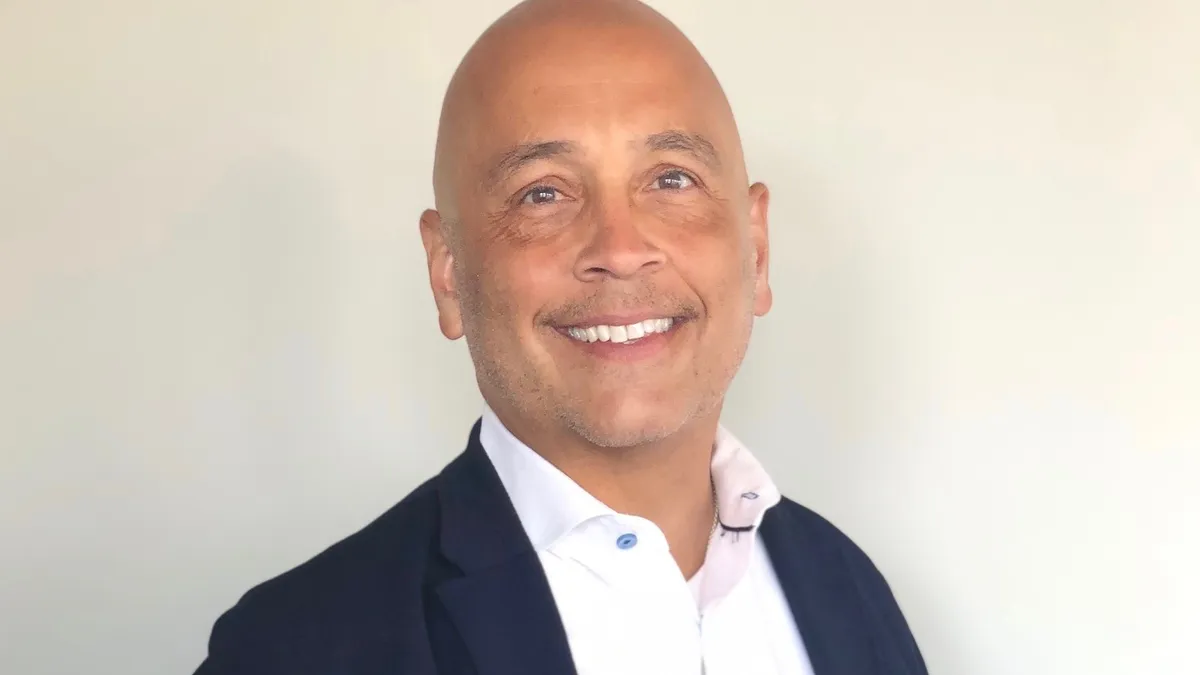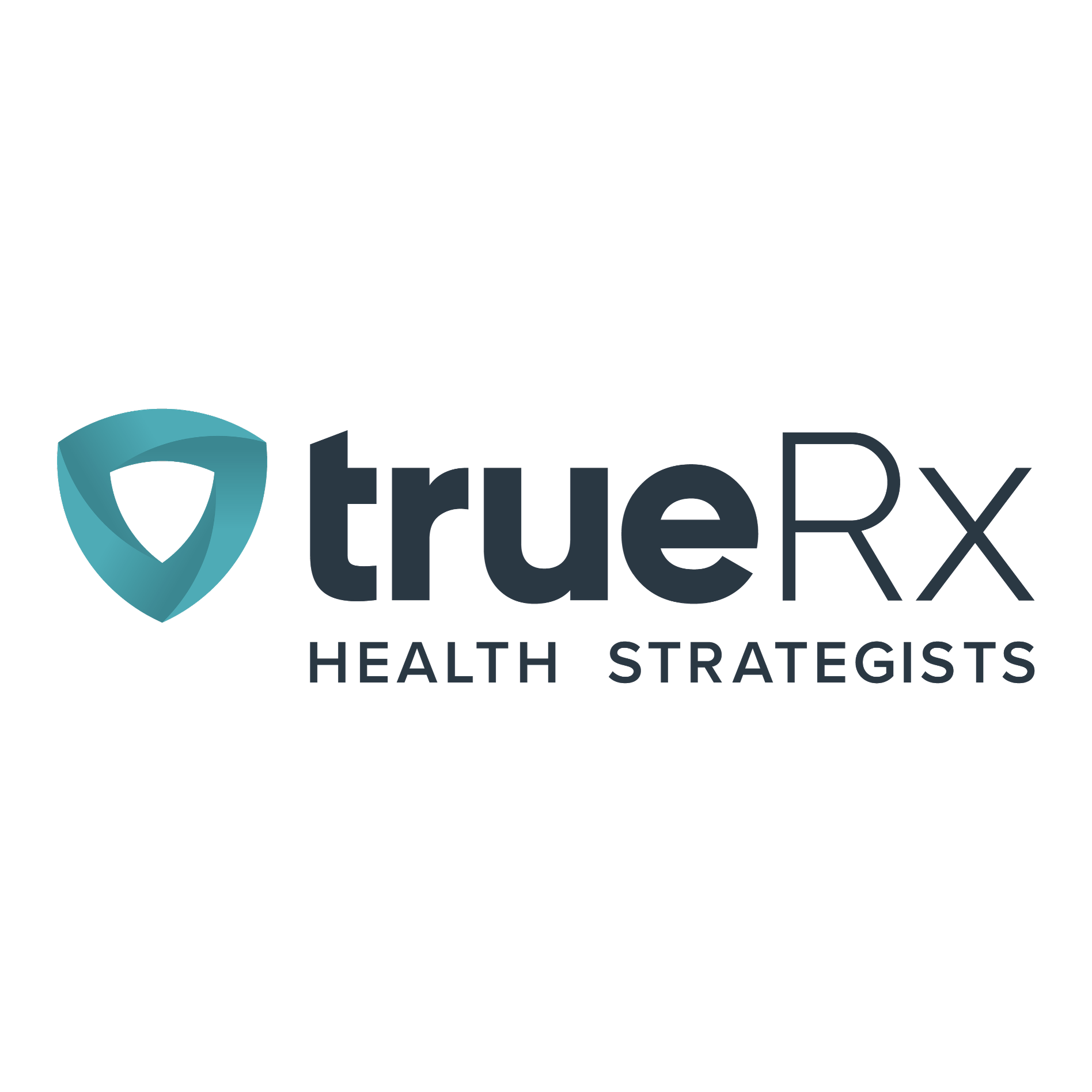Welcome to First 90 Days, a series dedicated to examining how pharma executives are planning for success in their new role. Today, we’re featuring a conversation with Michelle Keefe, Syneos Health’s new CEO, who approaches the role with a combination of confidence and humility.
Upon hearing the news that she had received the unanimous nod from the board of directors to take on as the role of CEO of Syneos Health in April, the first people to congratulate Michelle Keefe were her daughter, Taylor, and her husband. Keefe says the two were “eavesdropping” outside her home office when the call came. “This full-circle moment” was meaningful to Keefe, as Taylor, who is a clinical mental health counselor, lives about 90 miles away and is rarely home.
“It was great my family was with me,” Keefe says. "Their support has been critical to be able to do a job like this."
Getting to lead Syneos, a fully integrated clinical research organization, and its 29,000 associates, is a “dream job,” and one that Keefe has been building toward for 30 years.
“It's the opportunity of a lifetime and I'm so excited that I'm going to be able to guide the organization to get to the next level of success,” she says.
Keefe started her career in Big Pharma at Pfizer, where, as regional president, she designed and implemented the commercial model for the U.S. primary care business unit. She then went on to be vice president of market development for the Visiting Nurse Service of New York, a role she says was a “tipping point” in her career.
“I saw the Herculean efforts that nurses and caregivers go through to make sure healthcare is delivered, especially to marginalized patient populations, which account for 80% of care,” she says.
Keefe eventually joined Publicis, first as chief operating officer and then president and CEO of Publicis Touchpoint Solutions (now Amplity Health). Her extensive commercial background was the perfect fit for the role as president of medical affairs and commercial solutions at Syneos Health, which she assumed just over four years ago.
Keefe takes over the mantle of leadership from Alistair Macdonald, who had been with Syneos/INC Research for 20 years and served as CEO for nine years. Macdonald, a PharmaVoice 100 honoree, was responsible for merging INC Research and inVentiv Health, a combination CRO and contract commercial organization, to create Syneos Health in 2017.
Keefe’s ascension to the top role marks the first time a woman has headed up a publicly traded CRO of this size since Candace Kendle, who founded Kendle International. In 2011, Kendle oversaw the sale of the company to INC Research. When asked about this connection, Keefe says while she’s glad to be among women breaking new ground, she’s quick to clarify: “Syneos is not a CRO.”
“We're at an integrated product development company,” she explains. “Yes, we have the capabilities of a CRO but we really want to throw out the terminology of CRO and the same thing with CCO — contract commercial organization. We want customers to see us as a life sciences services partner.”
Macdonald, who will stay on as an advisor at the organization until 2023, started laying the ground work for the transition back in January.
“I am very grateful to Alistair, who is a very inclusive leader,” Keefe says. “I feel like I've been crafting the future of the organization as we've gone along. There won’t be a huge shift in strategy, yet there are a couple things I am going to focus on right away.”
The first of those focus points is what Keefe calls the intelligent enterprise, which is “the acceleration of our digital data and analytics capabilities that started with our commercial asset Kinetic, followed by the acquisition of RxDataScience last year.”
In today’s installment of our continuing series, First 90 Days, Keefe, a PharmaVoice Red Jacket honoree, shares her strategic vision for the company, why she believes diverse teams drive better outcomes and what it means to be a role model.
PharmaVoice: What do the first 90 days look like for you?
Michelle Keefe: I was very conscious coming into this role from the inside to not assume I know everything. I am looking at everything with a fresh set of eyes just as if I were new to the company. With that mindset, I don't allow biases that I might naturally have or beliefs that I have guide me, and then I can marry what I see with what I have experienced. I'm doing listening tours with our three stakeholder groups, starting with colleagues. I’ve done three already and a town hall with more than 10,000 employees with Michael Brooks, who is the new COO. We are going to Europe in June, and when we can go to China and Japan, we will.
The second stakeholder group is our customers. I've been spending a lot of time with our clinical and commercial customers. Alistair had deep expertise and long-standing relationships with our clinical customers, and I want to make sure they know who I am. The third stakeholder group is our investors. As a publicly traded company, I am listening to our investors. I'm doing some bus tours and some fireside chats over the course of the next 60 days.
My goal, after I get feedback from all of the stakeholders, is to determine themes and whether there are things we need to accelerate or change.
What does the next level of success look like for you? How are you going to make your mark on Syneos Health?
My vision is that at any point, any Syneos Health colleague, will have great insights at their fingertips for whatever they're doing, whether they are focusing on patient recruitment, interacting with sites, or working with HCPs. My goal is to make sure they have the best data available in real time to make recommendations to clients that allow them to make the best decisions around delivering a clinical trial or a commercial solution. This is our secret sauce. And we've outlined this as an investment priority already, and we're going to be disciplined in those investments.
I just heard Pfizer’s chief digital officer say that we are now in a digital world, and that digital is part of our business model. For us, it’s no longer “we do digital, and our business model is something different” — it's one and the same. Digital is part of the business model and data enables our ability to drive solutions for our customers.
And I will continue to focus on investing in our talent because our talent is our currency. The culture you create in an organization is the No. 1 thing you can do to keep people and to recruit talent to your organization. We've really focused on building what we call our total self-culture — we want everybody to bring their full selves to work. If people feel comfortable being themselves, they're going to do great work and they're going to feel really good about the company that they work for. We now have nine ERGs — these are communities of different folks who are able to share what they uniquely need from our organization. We've done a lot of training on unconscious bias. We do training on microaggression, so people from diverse backgrounds are really understood and can thrive. We've had over 1,000 people who left the organization in the last two years come back, which I think is a testament to the culture.
The last thing is we're making a lot of investments in our leaders, because I think that's also what creates a good environment. Investing in your leaders, making them great coaches and helping them be very open-minded allows them to help people achieve their goals.
You have been a proponent of creating diverse teams for your whole career. Why is this so important to you?
This has been my passion for a long time — we will continue to focus on diverse talent to be a reflection of the patient populations that we serve. Throughout my whole career, people have asked me how my teams perform at a higher level. I always say, because I build diverse teams — ethnic diversity, age diversity, gender diversity. I believe when you put people together who come from different backgrounds and have different experiences, you're able to solve problems more effectively and you get a better outcome. This is important, especially in the services business. Diversity of thinking for the benefit of your customers is a real differentiator.
Ultimately, our company is bringing medicines to patients who need them, and we have to be a reflection of the population of patients that we are serving. We have to understand the journey that they're going through, I believe a huge part of the success of our organization is our approach to diversity.
You are now sitting in a unique position as one of the few women CEOs leading a company of this size. Do you feel undue pressure?
I think if this opportunity came about earlier in my career, I probably would have felt more pressure. But, I'm proud to say I'm a 30-year veteran of this industry. And I have worked for some of the best and brightest people who have mentored me and developed me and given me more and more opportunities. When I look over the course of my career, I've always taken the mantle of leadership and made the most of any opportunity. I'm always going to do the best I can for all stakeholders, my colleagues and my customers.
At this point in my life, I don't feel pressure — I feel very empowered actually to make a difference for our customers and for our colleagues, which will ultimately make a huge difference for a diverse set of patients globally. I'm excited about the future. I have the right team, we have a winning strategy, and by building the right tools and resources we can really make a huge difference. So I don't feel pressure — if I change my mind I'll tell you down the road.
Do you think being named CEO might open doors for other women?
Hopefully — that is my goal. I've been a big advocate for gender parity for years. Women are the CEOs of their households, and women make most of the healthcare decisions for their families. As a female leader, you have a very real lens of what healthcare delivery looks like.



